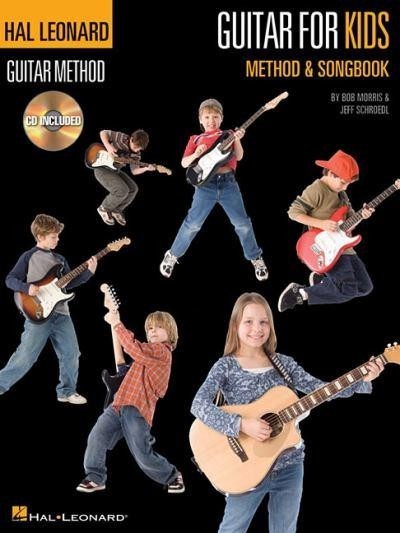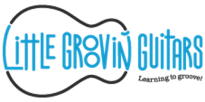GUITAR LESSONS
KNOWING AND PLAYING THE INSTRUMENT
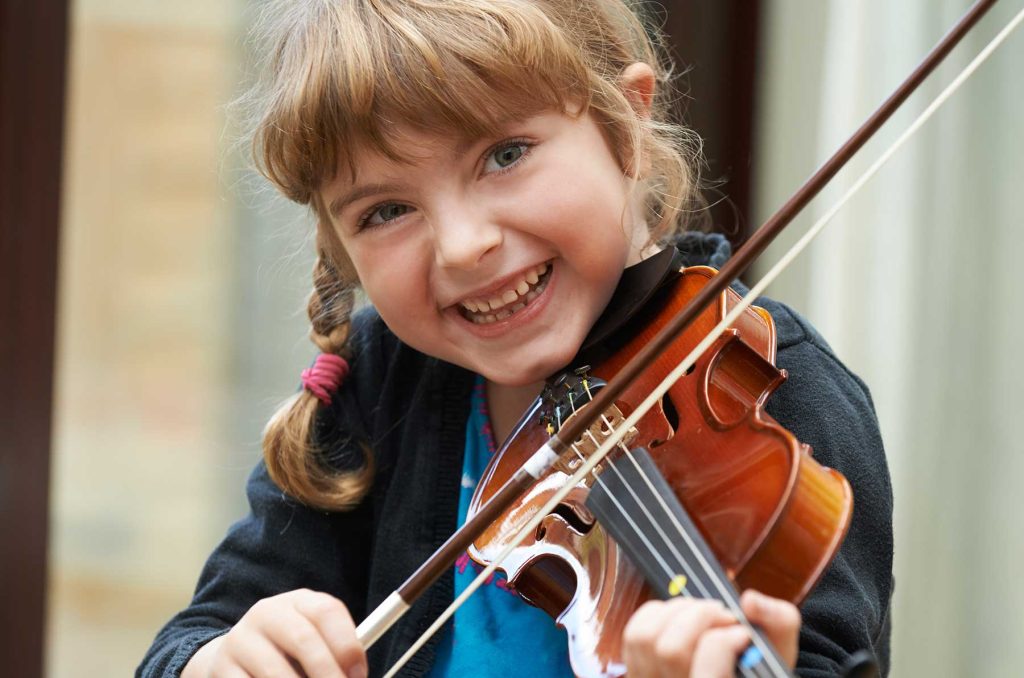
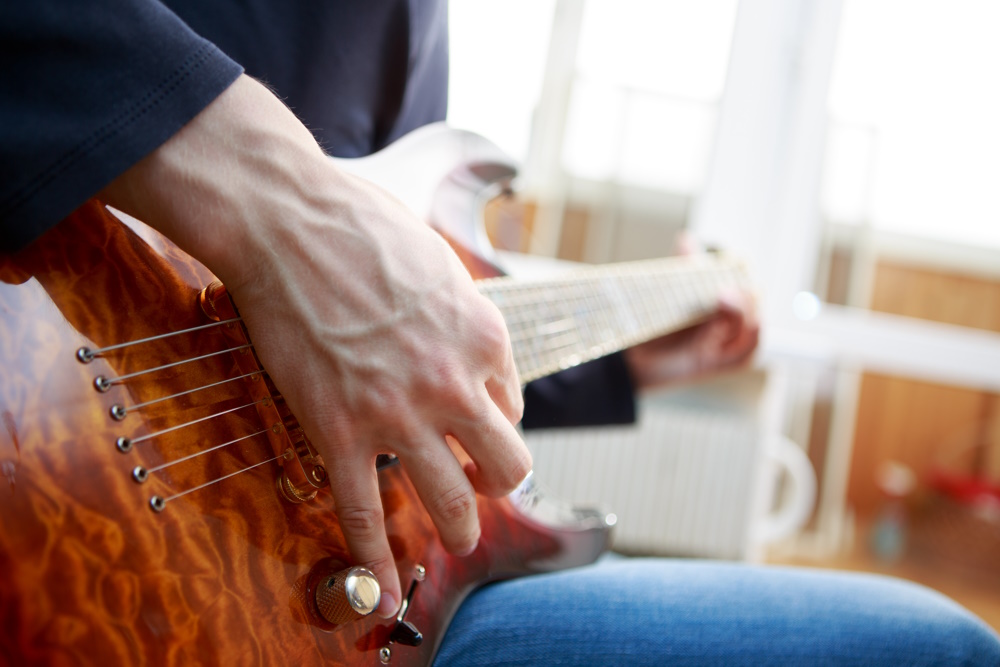
TECHNIQUE AND IMPROVISATION
MUSICAL PIECES
Students will learn music from standard musical notation, tablature (tab) and chord progressions. Learning to read musical notation gives students the foundation for understanding rhythm, melody and harmony, the three main elements of western music. Students will usually be playing the melody to popular pieces using musical notation and the guitar method book that comes with the guitar will be used for learning pieces in this format. The book includes an audio CD for your child to listen and practise along to. Please make sure you use this during their improvement sessions as it will be a great asset to their learning.
Using tablature, students learn a variety of pop and rock riffs from their (and your) favourite songs.Playing chord progressions, students accompany themselves or others to sing a variety of styles and pieces. As their ability develops, these three areas begin to merge, displaying the competent skills of a guitarist.
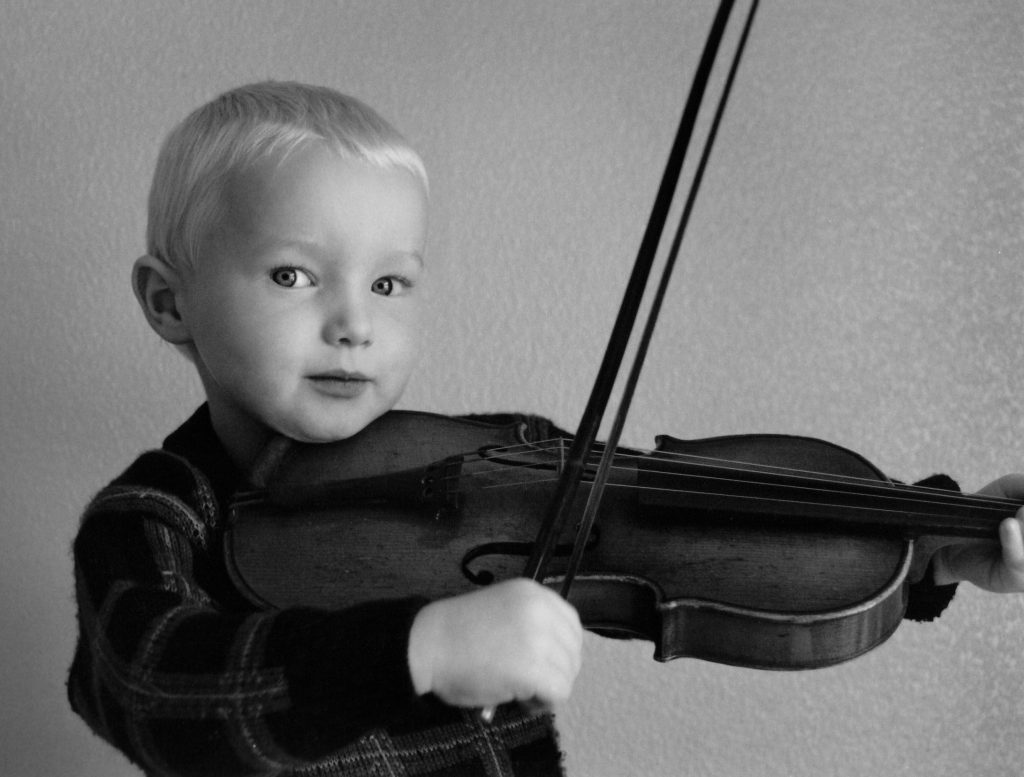
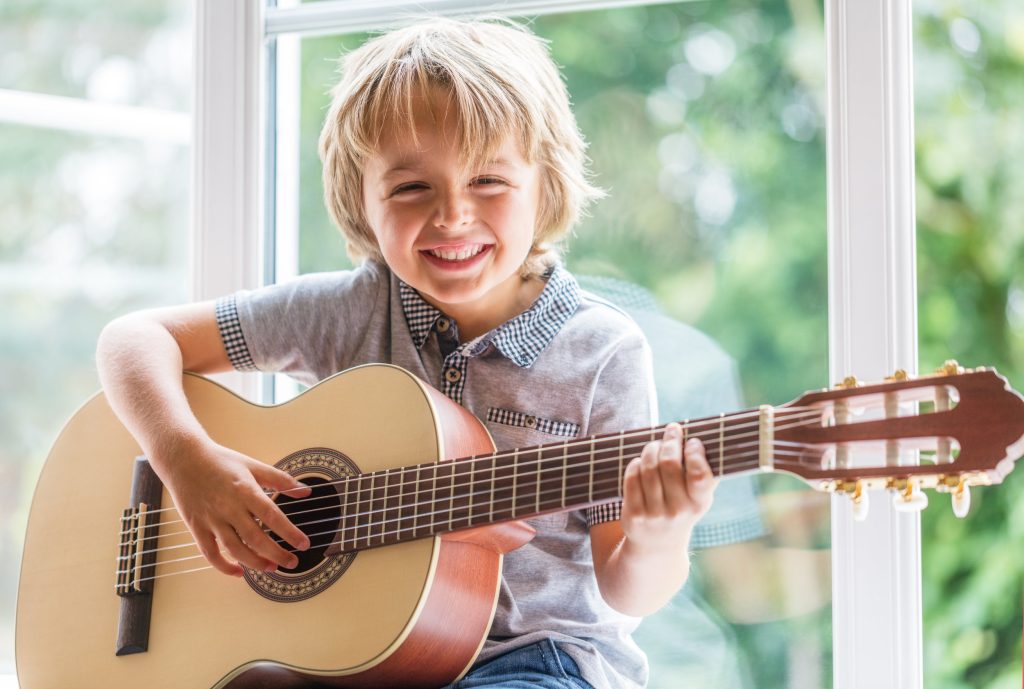
MUSIC HISTORY AND CULTURE
Music has an influence on all of society as radio, the internet and advertising continually expose us to it. Music develops as individuals, groups and cultures use their musical influences and infuse them with their creativity to drive new forms of not just music but poetry, journalism, ideas, visual art, social change and in extreme cases, revolutions.
It is important for musicians to have an understanding of what was behind the creation of the music they’re learning. Depending on the student’s age and level of playing, this could be as simple as stating that “I Wanna Hold Your Hand” was written by the Beatles in the 1960’s to “I Wanna Hold Your Hand” was written by the Beatles and recorded in 1963. It was the band’s 1st US number 1 hit and began the “British Invasion” of the 1960’s. The Beatles went on to revolutionise popular music by introducing songwriting techniques and orchestral arrangements as well as developing studio technology to be used in their music. Because of this, they are the best-selling band and one of the most critically acclaimed acts in the history of popular music.
Armed with this knowledge, students find it easier to develop a relationship with the material, techniques and concepts taught in their lessons. This allows them to enjoy the process more, making them better learners, guitarists and above all, musicians.
AURAL SKILLS
Developing aural skills give musicians the ability to discriminate between sounds and to make judgements about their use in different musical styles, periods and genres. With competency in this area, musicians develop their composition, arranging, improvisation and performance skills in a variety of ensemble settings.

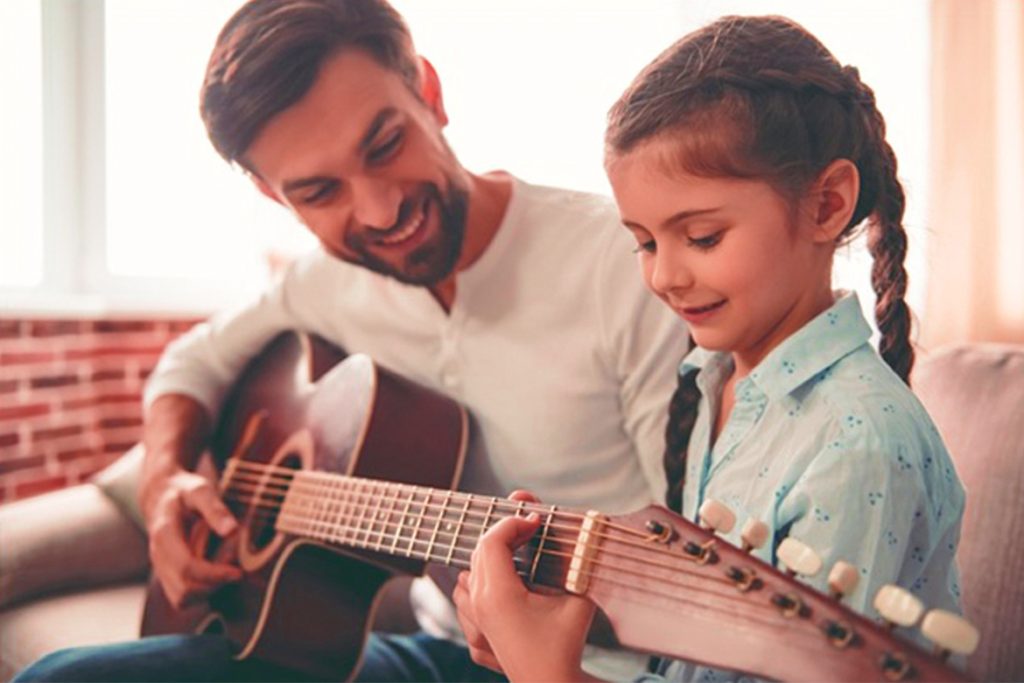
GENERAL KNOWLEDGE
SIGHT READING
Sight reading well allows musicians to perform music immediately without any practise. Students are ready for sight reading when they can keep a consistent rhythm with very basic material. Pieces which use the rhythms and pitches the student is comfortable with will be given to them in lessons and for home. Encourage them to look at and go over everything in the piece in their head before attempting it. They should play through any mistakes they make rather than stop and go over them to better emulate a performance setting and improve their sight reading skills.

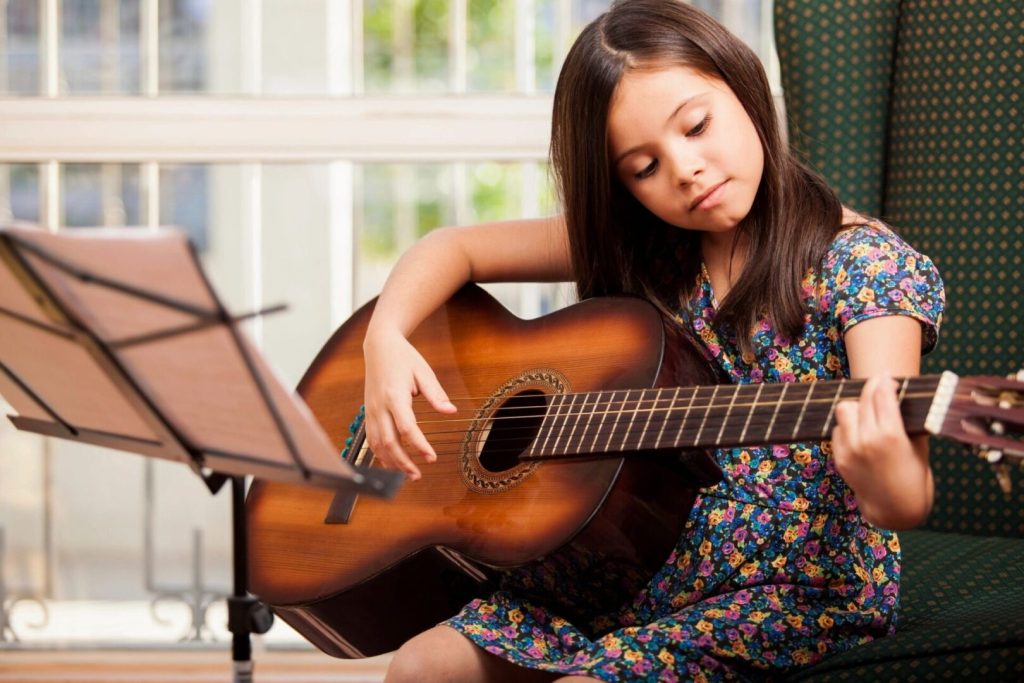
IMPROVEMENT SESSIONS
Time should be put aside for at least five “improvement” sessions a week to allow students to gain the most from their lessons. Using this time effectively is the most significant aspect in a musician’s early development. Please avoid using the word “practise” as this is sometimes connected to negative connotations.
Students of primary school age find it difficult to study on their own and parents should attempt to be present and aid their children during these sessions. This will give you a greater understanding of your child’s learning and demonstrate the importance of the development of their musicianship.
The improvement sessions will involve playing the week’s set material as well as listening to and/or watching music, live performances or music videos and discussing something about the music they’re learning with their parents.
Students are to perform a short recital of the material they have played during the week the night before their lesson. An audio or video recording of each recital is to be made allowing students to experience their performance from an audience’s perspective as well as show their teacher the following day. This is an invaluable opportunity in gaining confidence in their musicianship, developing their performance skills and sharing their learning with you.
Two improvement sheets are included with this document. These are to be filled out during each session as your child plays for you. Please tick the boxes when they complete each song and sign at the end of the week after their recital. They’ll receive a sticker from their teacher if all five sessions have been completed. The first sheet has an example of what a week of improvement may look like. Please use this version for the first week then, once full, print out the blank version for the improvement sessions.
DIARY
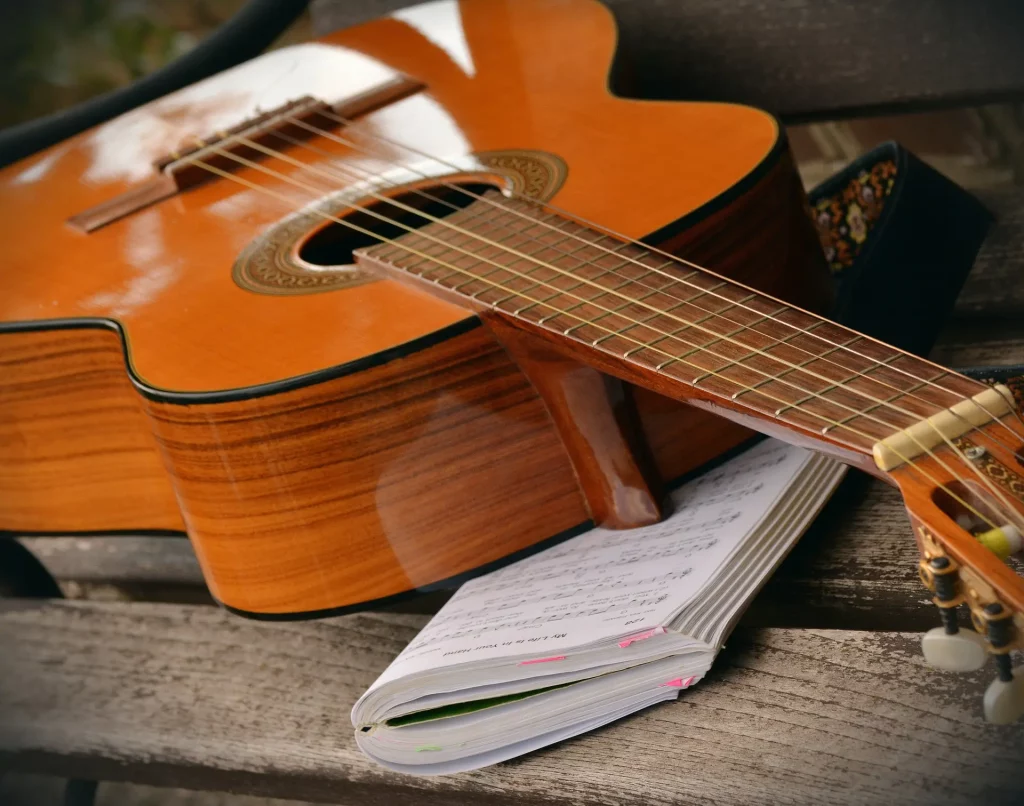
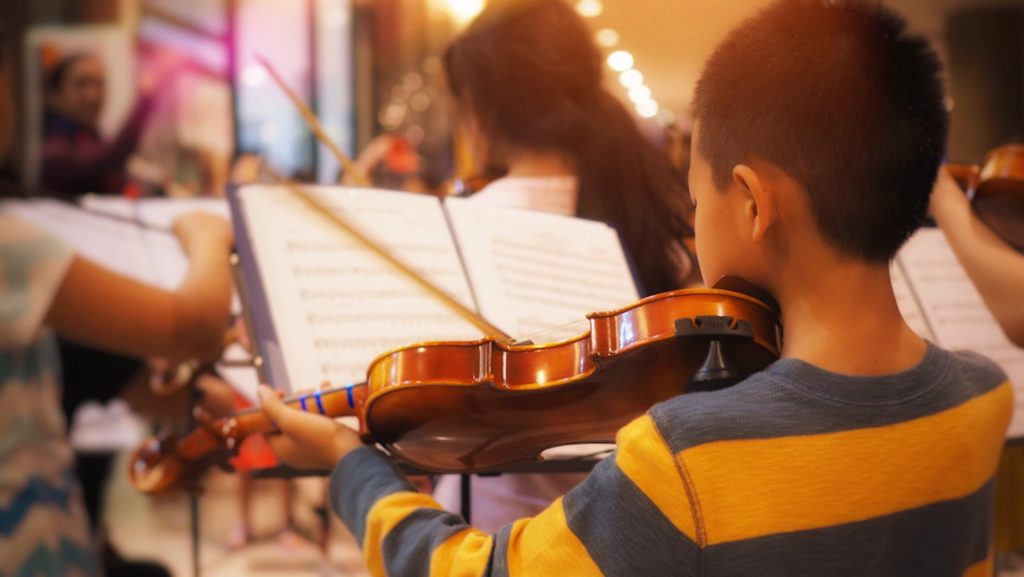
GUITAR ENSEMBLE REHEARSALS
RECITALS

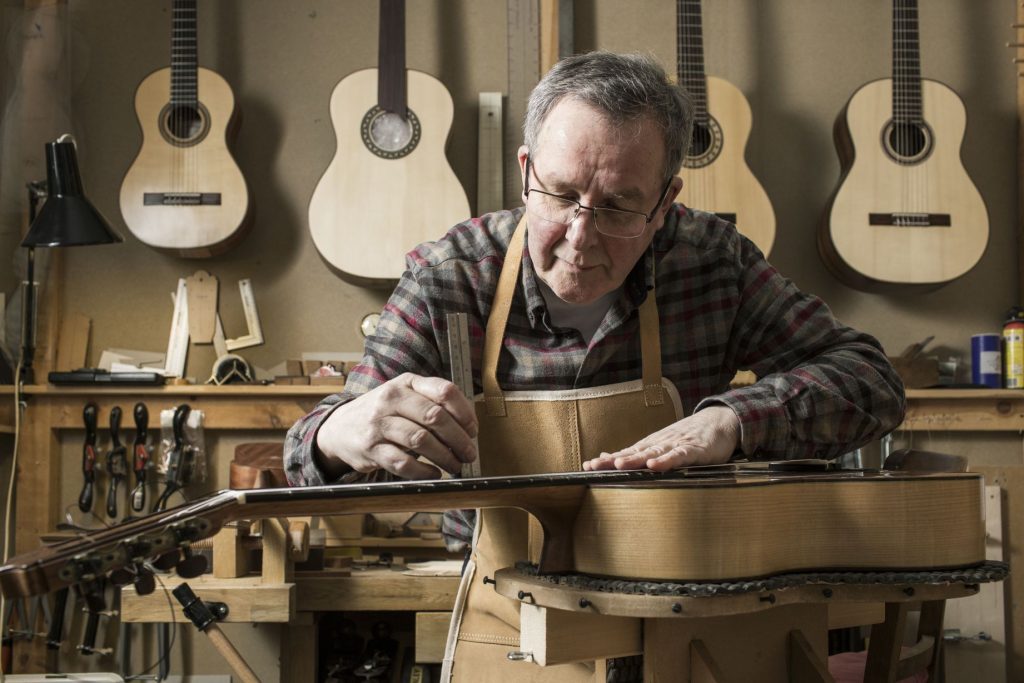
MUSICIAN’S WORKSHOP
VIDEO RECORDING
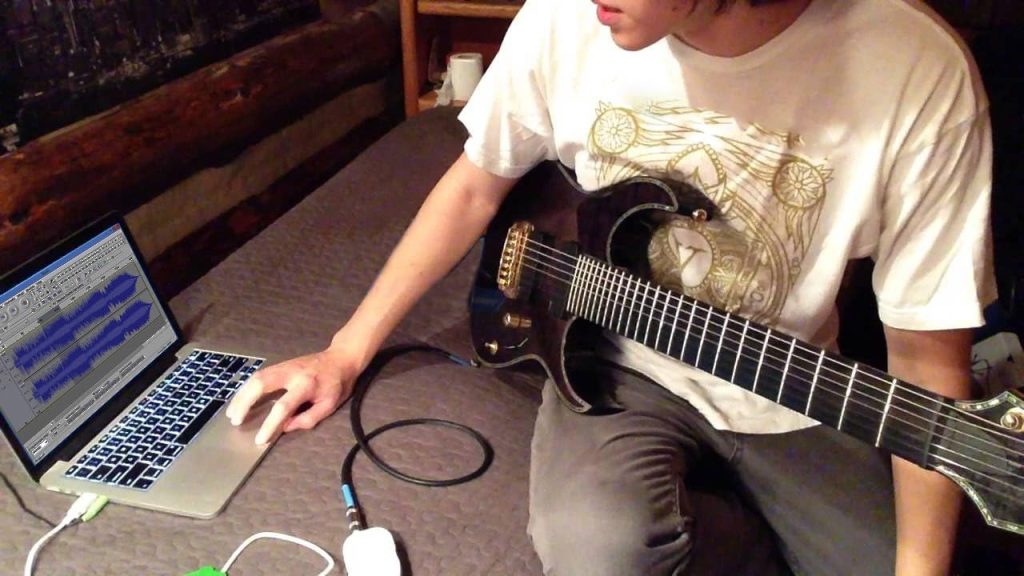
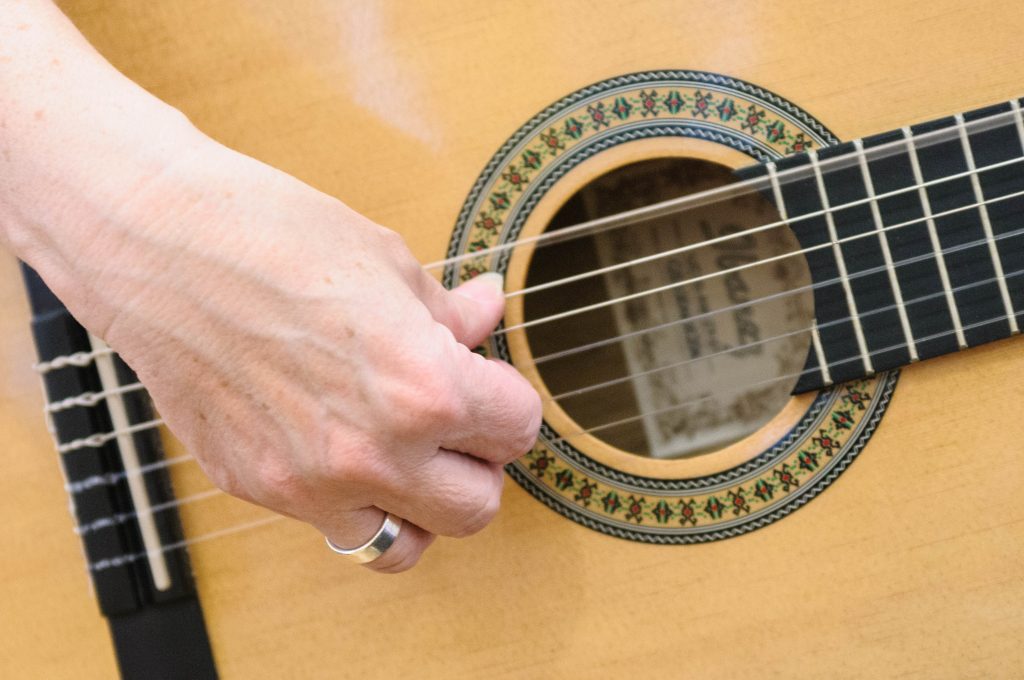
ATTENDANCE
Students are expected to attend their 30-minute lesson each week (9 per term). If your child cannot attend for any reason, you must notify their guitar teacher 24 hours before the lesson by phone to receive a make-up lesson. Cancellations will be made up during the term. If your child’s guitar teacher has to cancel a lesson, your child will receive a make-up lesson during the term. Lessons will be forfeited if cancelled within 24 hours of the scheduled time. If enrolled in shared lessons and there is no student to share with, your child will receive a private 15-minute lesson.
Every endeavour will be made to change your child’s lesson to a different time on a particular week if need be, please call your child’s teacher to arrange this.
Initial fees are due upon signup and are required for your child to attend their first lesson. Fees for subsequent terms are due 14 days after receiving invoice and one week before the end of term. Payment should be received by the due date to ensure your child is not withdrawn from lessons. If any problems arise with payment of fees please contact Little Groovin’ Guitars immediately to discuss alternative arrangements.
Shared lessons per term: $307.00 Private lessons per term: $407.00
A notice in writing is required for ceasing lessons in which case the remaining lessons for the term can be attended or forfeited.
EQUIPMENT
Children require an acoustic (nylon string) guitar, padded carry bag, music stand, plectrums (picks), a music exercise book (normal ruled lines and blank music manuscript) and guitar method book – Hal Leonard Guitar For Kids Method or Method and Songbook. These are available at music stores close to Melbourne.
Valencia guitars are the most cost effective and will be suitable for your child for three to four years. Yamaha’s are also relatively cheap, however more expensive than Valencias, and should last a lifetime.
We recommend the following guitar sizes.
- Grade 3 to 6: ¾ size guitar
- Prep to Grade 2: ½ size
We’re excited to be offering the program in your child’s primary school and look forward to seeing it and your child develop over the coming years. We hope that this guide has given you a good understanding of the program and ask that you contact your child’s teacher or us should you have any questions.
